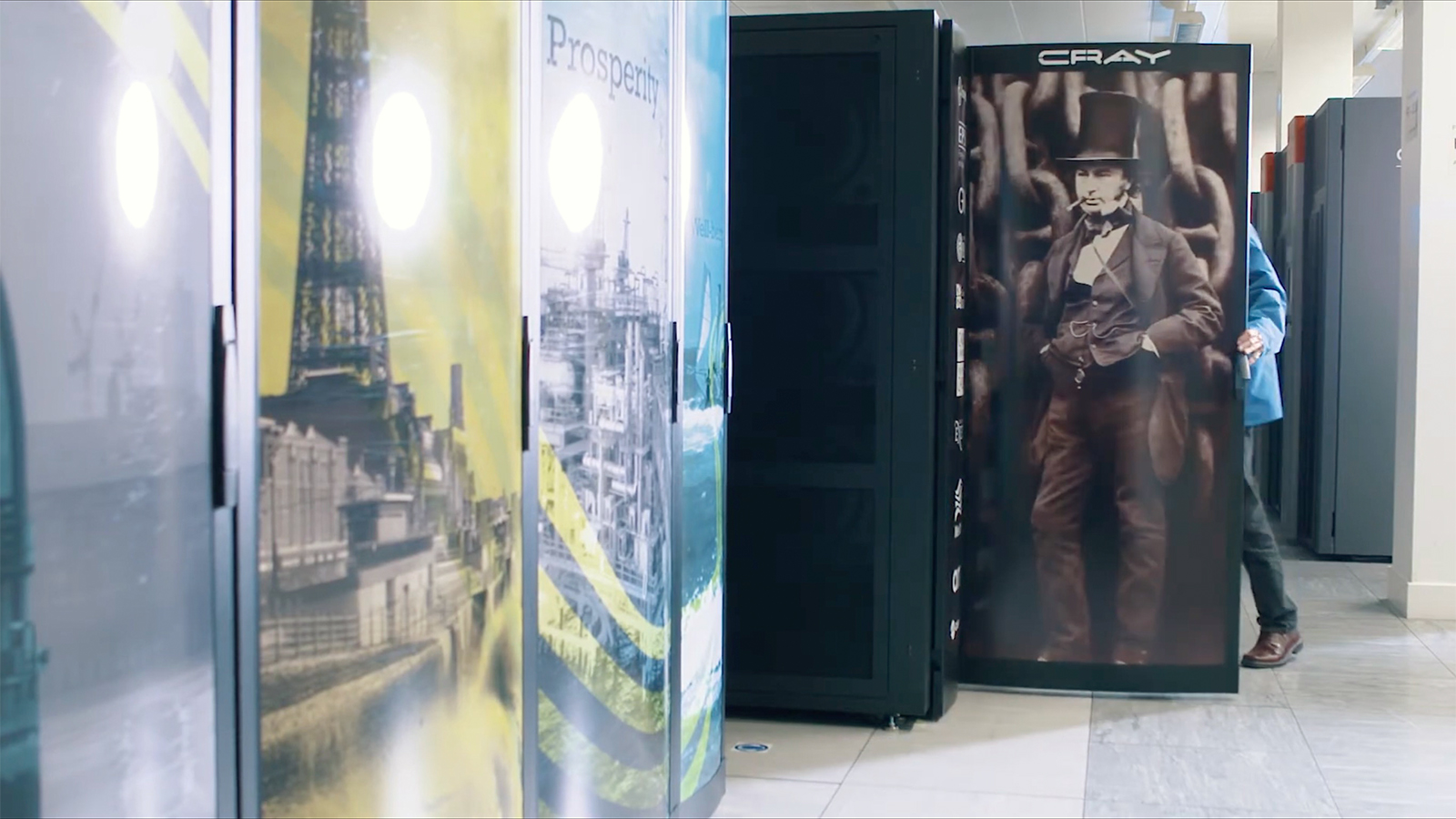
Isambard 2, one of the first Arm-based supercomputers, is finally set to retire after six years. First deployed in May 2018, this 10,000-core machine used 64-bit Armv8 ThunderX2 processors developed by Cavium and manufactured by TSMC, plus a few Nvidia P100 GPUs.
The Great Western 4 (GW4) Alliance, a group of universities from Bristol, Bath, Cardiff, and Exeter, was the primary operator of the Isambard 2, with Professor Simon McIntosh-Smith, Head of the Microelectronics Group at the University of Bristol, leading the project. He also broke the news about Isambard 2’s retirement in an X post, saying that its successor, Isambard 3, will come online to take over its duties. The Arm supercomputer will go offline at 9 am on Monday, September 30, so users must move all data off it by then.
The new supercomputer, Isambard 3, is still powered by Arm processors, but this time, it will have Nvidia Grace CPU Superchips with 34,272 cores. Although it’s currently not in the Top500’s list of most powerful supercomputers, it achieved second place in the Green500 in June 2024, making it one of the most efficient supercomputers available today. Furthermore, Isambard 3 is set to expand its processor count by an additional 5,280, increasing its performance by up to 32 times and potentially land it in the top 10 of the Top500 list in its next run.
After 6 years of service the Isambard 2 supercomputer is finally being retired! Starting in May 2018, Isambard was the world's first production Arm-based supercomputer, employing ThunderX2 CPUs. Isambard 3 takes over today using NVIDIA Grace Arm-based CPUs provided by HPE pic.twitter.com/LWgJ9YJumuSeptember 26, 2024
Isambard 2 isn’t the first high-profile supercomputer to retire in 2024. Oak Ridge National Laboratory’s Summit supercomputer is also set to be decommissioned in November this year. This supercomputer was built in 2018, the same year as Isambard 2, but has since been replaced by the far more powerful Frontier supercomputer.
Supercomputers cost millions of dollars to acquire and even more to operate. However, as technology advances, institutions need to keep up, thus requiring the retirement of older models, even if they still operate well. Newer silicon offers better performance and efficiency, allowing researchers to achieve breakthroughs faster. As such, these massive computer advancements in science and technology will make the enormous investment worth it.







